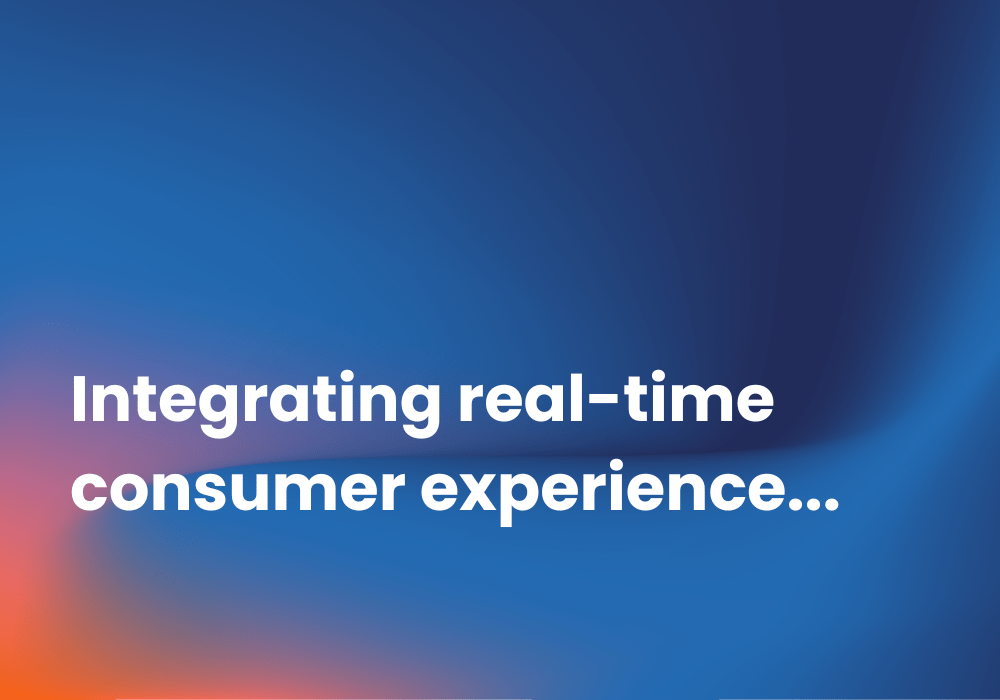At Agama, we have provided integrated solutions for Customer Care Operations for many years, as integrating high-quality customer data is widely known to improve customer care outcomes.
This is why we designed the Agama Customer Care module, to make it possible for customers or external parties to create custom Customer Care solutions optimized for each service team.
The customer experience insights
Extensive real-time customer experience insights are available through the Customer Care module, which makes it possible to freely adapt the solution for a specific deployment and technology, as well as evolve it over time. This includes tailored information per customer where aspects as network and service quality can be automatically correlated, providing the basis for efficiently and quickly understanding any underlying issues.
The foundation for integrating customer experience insights includes KPIs that show viewer engagement (viewing hours), viewer experience at video start and termination, and Quality of Experience.
These are the metrics that we’ll use as a basis for the rest of this article.
Key questions
How to validate customer claims?
The first thing an agent needs to do is to find firm ground by comparing what the customer claims with data on usage and quality. Human perception is neither objective nor exact, and it is hard to talk to a customer or act without an objective data reference.
The first step is most often answering the question “What has been the viewing experience for this user the last few hours, last day, and the last week, according to the data?”. Both timelines and aggregated data for devices are available in the API to answer this question. Presented with both the customer experience and objective picture represented by the data, the agent can agree with the customer on viewing experience and activity, even though the information is not very actionable at this point.
How to better understand the operational status?
Once agreed on the actual viewing experience, the second step for most agents is understanding if the customer was affected by service interruptions, network maintenance or similar – in order to know if there is a need for further troubleshooting. Issues that are not customer-specific need no further troubleshooting, but the viewer engagement data can be used to hint an appreciated compensation to the customer in order to reduce churn. So, what reference points can we use to understand if this is an isolated customer issue or not?
Agama Customer Care module provides multiple data sources that can aid in the triangulation of the actual root cause for the interruptions.
- Analyzer probes deployed in the headend and network provide the data that can be used to classify the problem as related to the delivery network. For example, identify an edge-server with issues that the device has used during the incident. Analyzer data provides an objective reference point that makes it very valuable for troubleshooting.

Our powerful Grouping Capabilities can be used to create many thousands of other reference points for troubleshooting – based on network topology, type of service and type of device. Grouping can be used in many ways, but here are what we think the most useful data points and questions to answer with this data:
- Average viewer experience based on the platform and version of the device. Identify if a recent software update is affecting quality for all devices using e.g. Android/ExoPlayer platform.
- Average viewer experience based on the Carrier, ISP and/or geolocation of the device. Identify if all devices connected through a certain Carrier in an area are experiencing issues.
- Further differentiate between devices based on the connection (mobile or wifi).

With quick to integrate APIs, the Customer Care module provides correlated information on performance for devices, neighborhood, and delivery network, based on where in the network the subscriber is. This enables the comparisons and insights above to be quickly generated in the backend of the customer care system.
In addition to this, if Agama Collaboration tools are used widely, incident data from the operational teams can be made available to the agents describing the source of the incident, timing, assumed impact and time of resolution.

What is the right action?
Now that the agent can:
- Validate customer claims and agree on the actual experience
- Understand operational status for the services used by the customer
- Know if there is a wider general problem affecting the customer
- Know if there is a customer-specific problem that is not related to the TV service itself
It is possible to confidently inform the customer of the source of the issue, suggest appropriate action, and – for the minority of the calls that can’t be attributed to a general issue or specific device issue – the incident can be escalated to the third line support providing a rich description of the problem.
All the steps described so far are of course not handled sequentially by the agent. Instead, insights can be fetched and decisions can be automated based on the result and presented in an optimal way.
In conclusion
Using the full capabilities of the Agama data and the Customer Care module, a service center can efficiently and accurately resolve the vast majority of the customer calls, saving time and resources and drastically reducing the number of escalated issues to third-line support.
For organizations using our collaboration tools, it brings the customer care teams closer to the operational teams, enables the information flows, and makes cooperation easy.
About Aner Gusic
Aner is a Senior Engineer and Product Expert, focusing on customer success, as well as on product development projects, in order to deliver professional solutions for video analytics and monitoring. Aner has more than 15 years of experience in IT and telecom industry, working in both technical and leadership positions.

